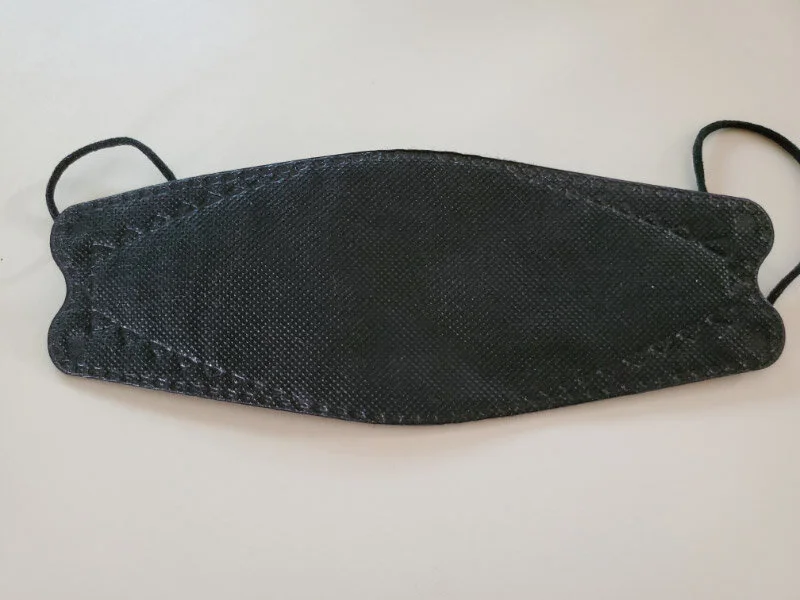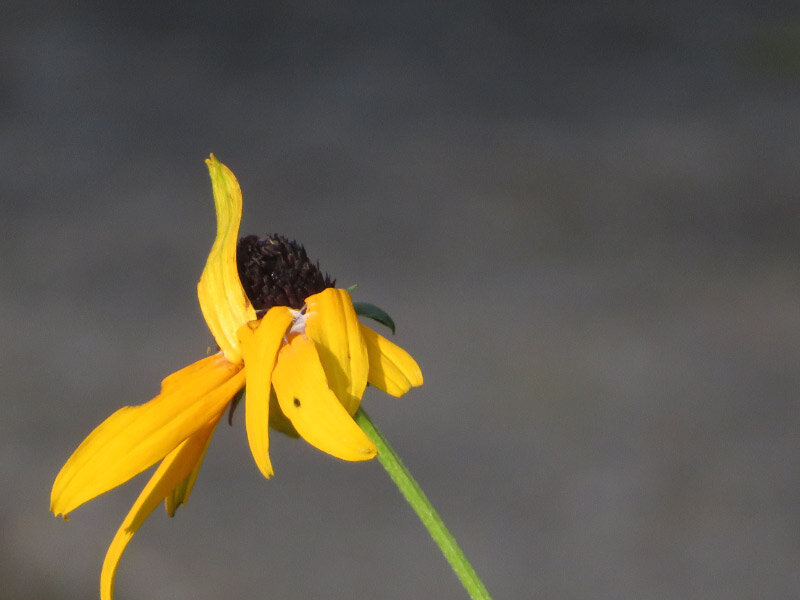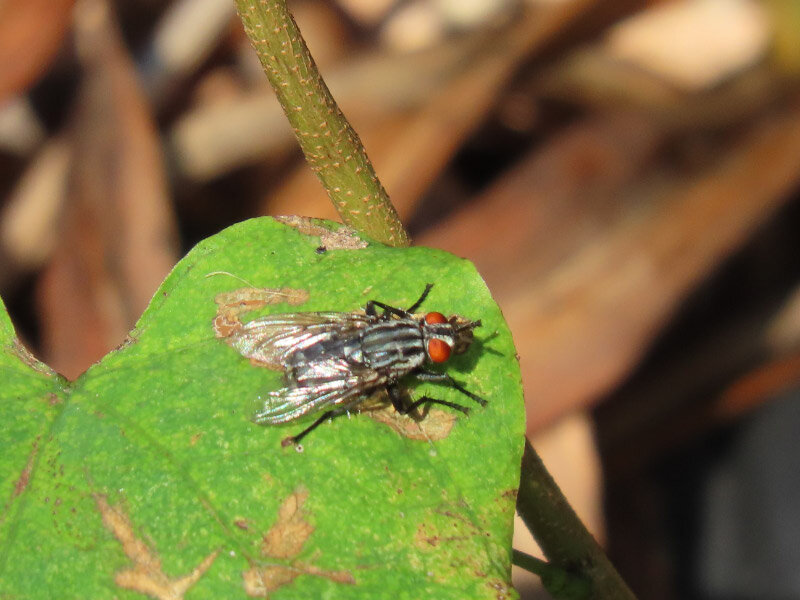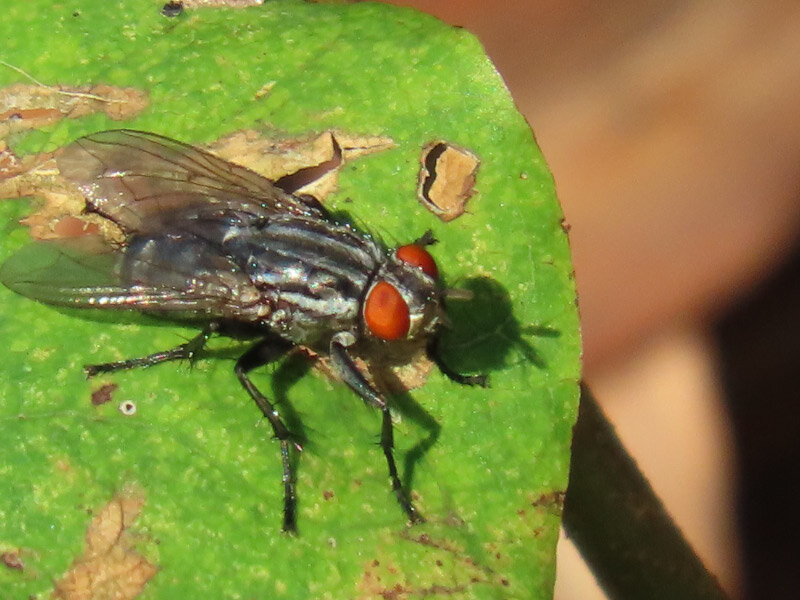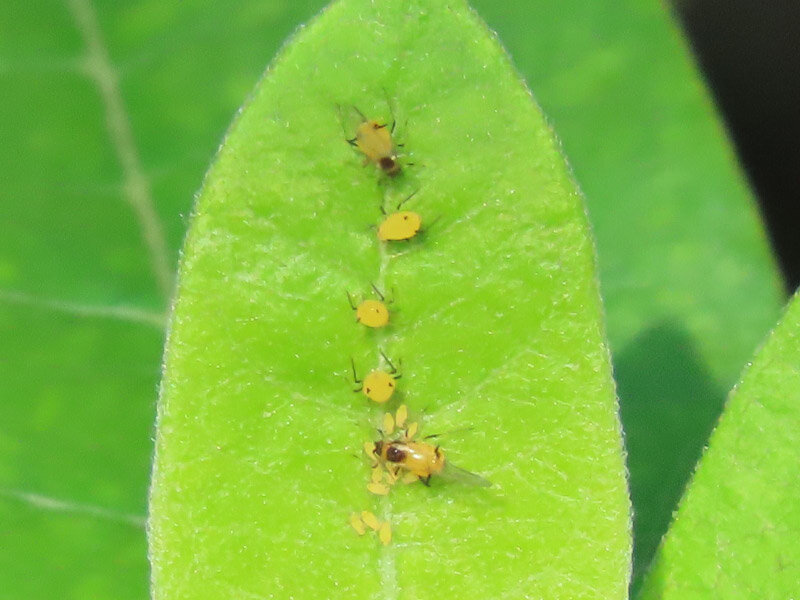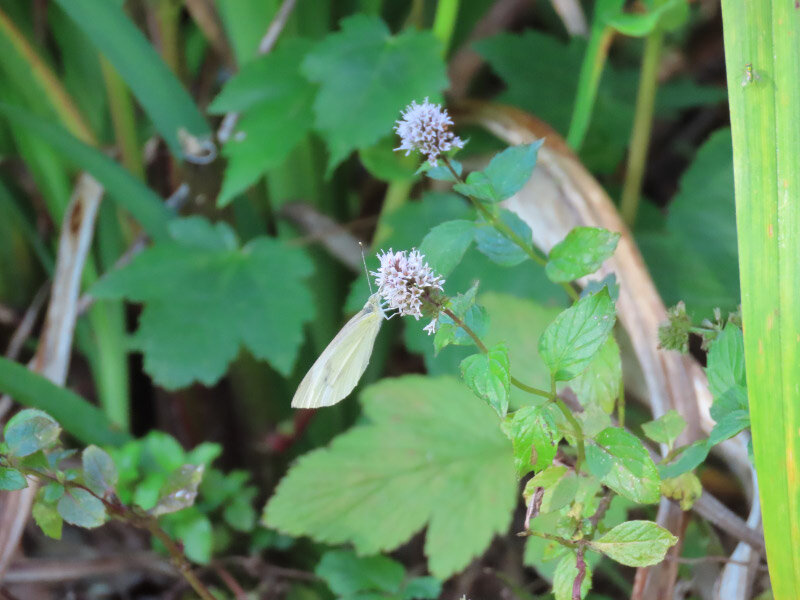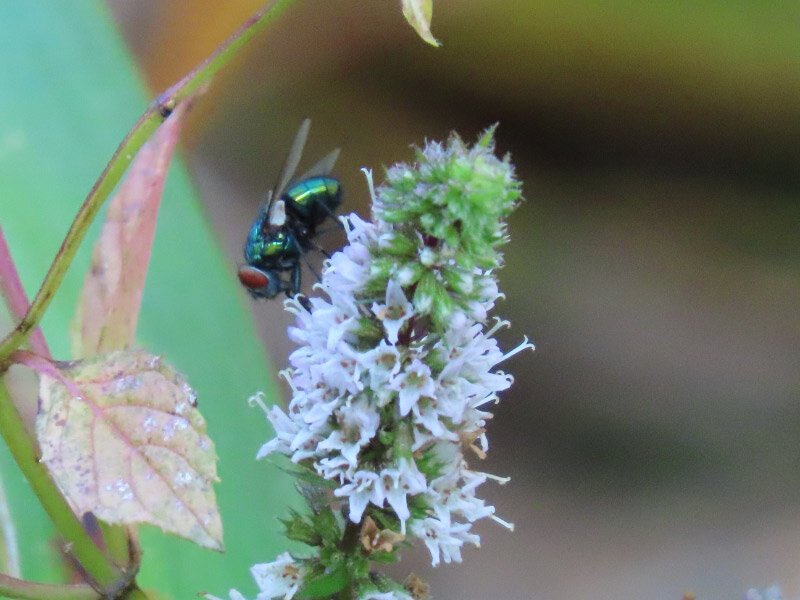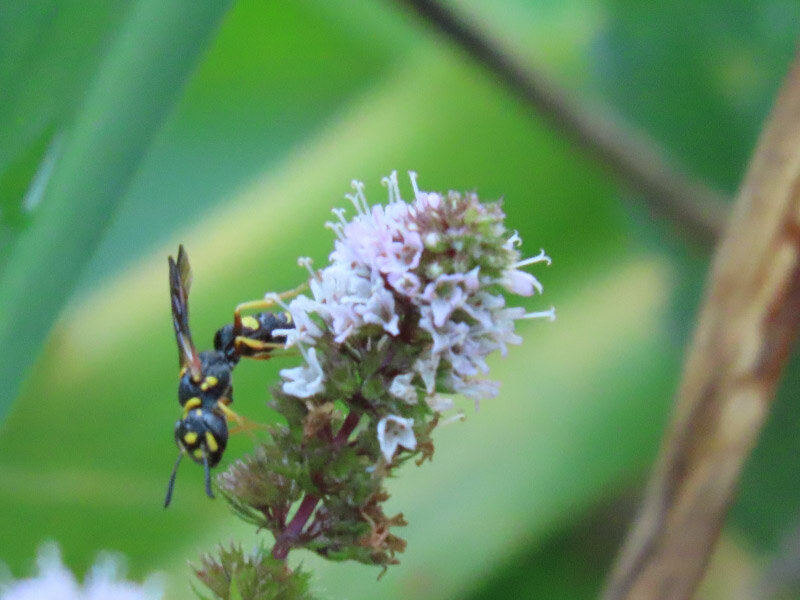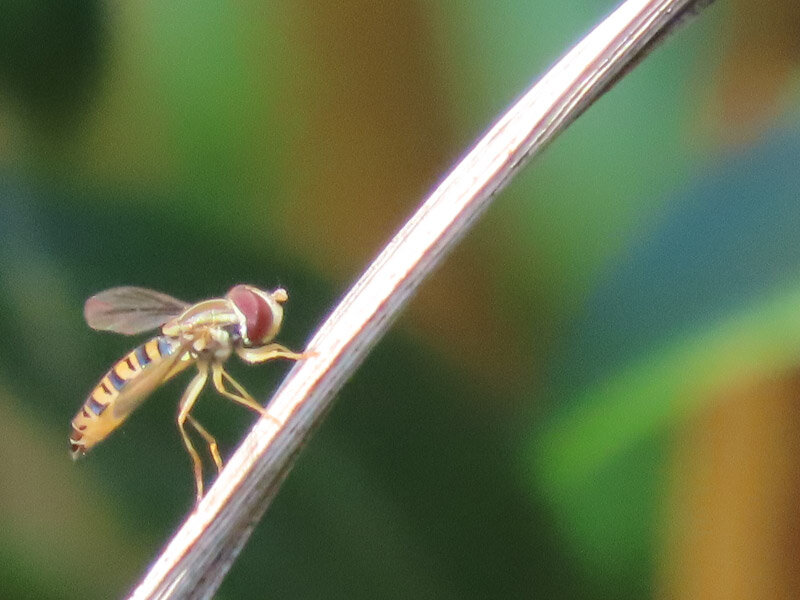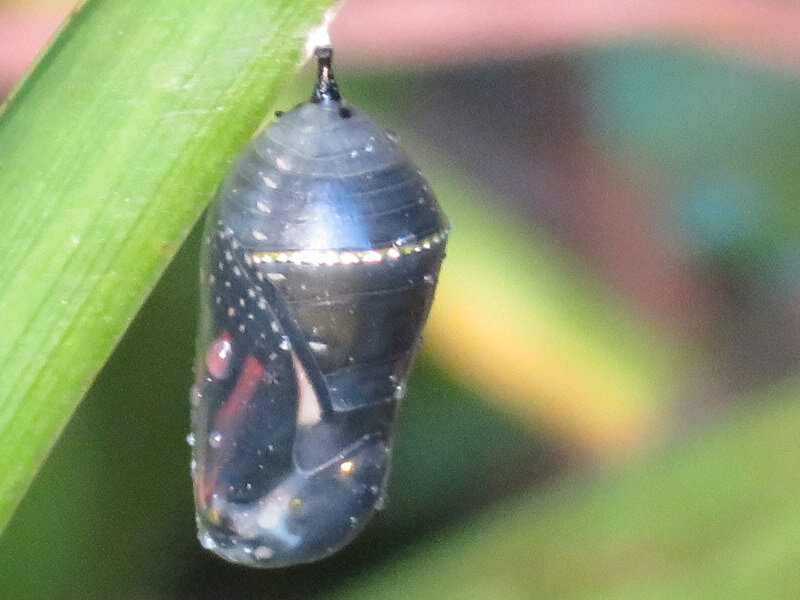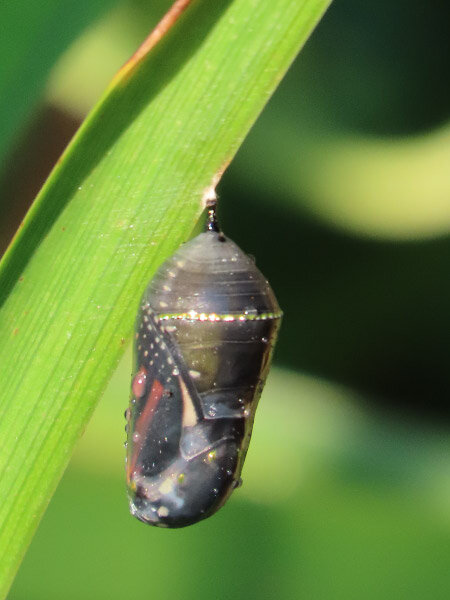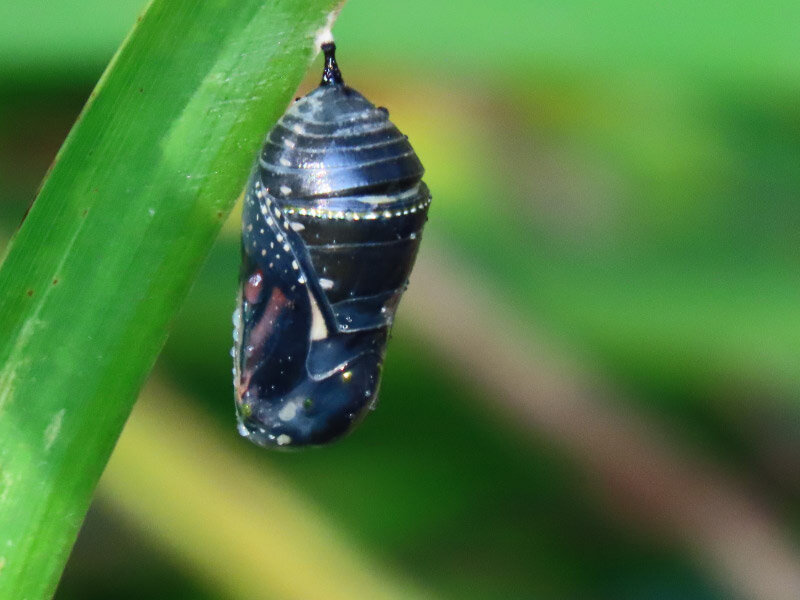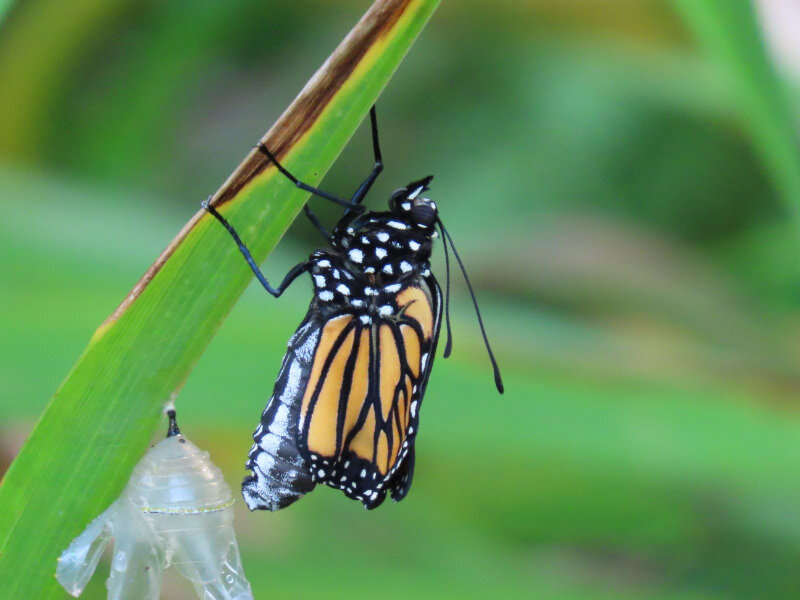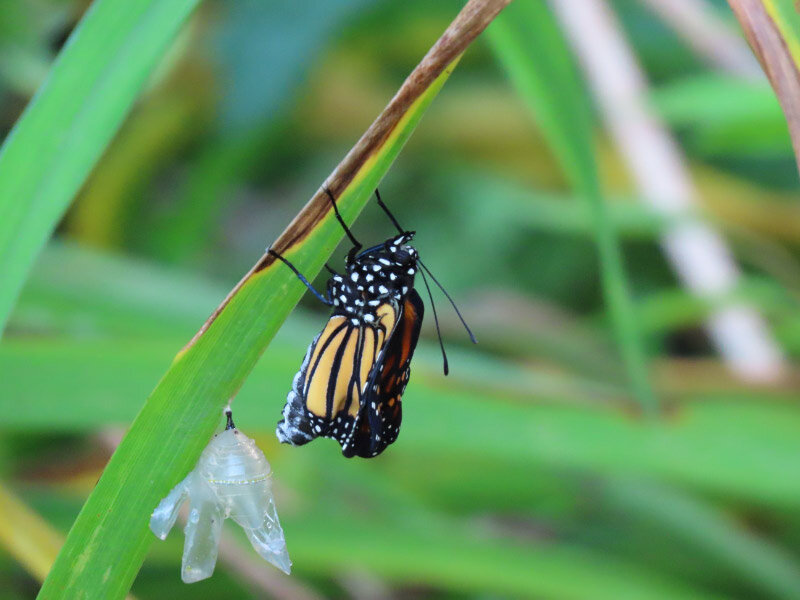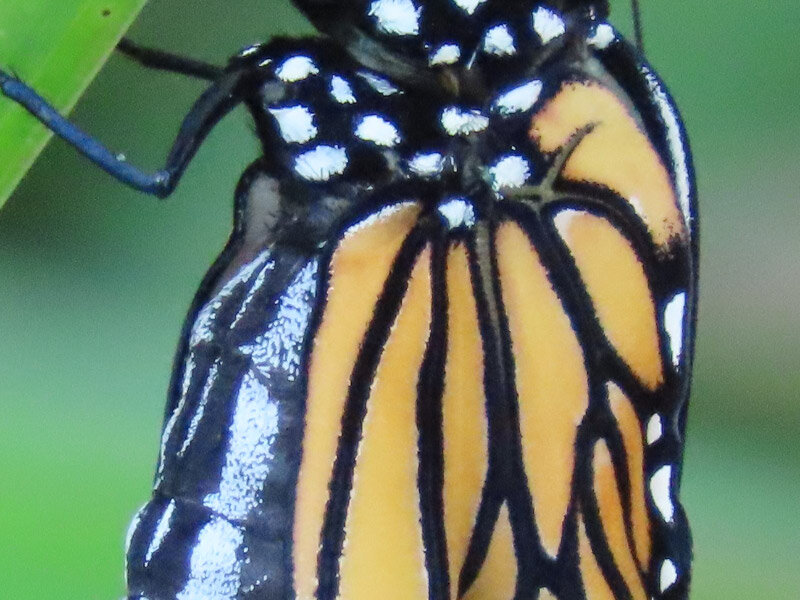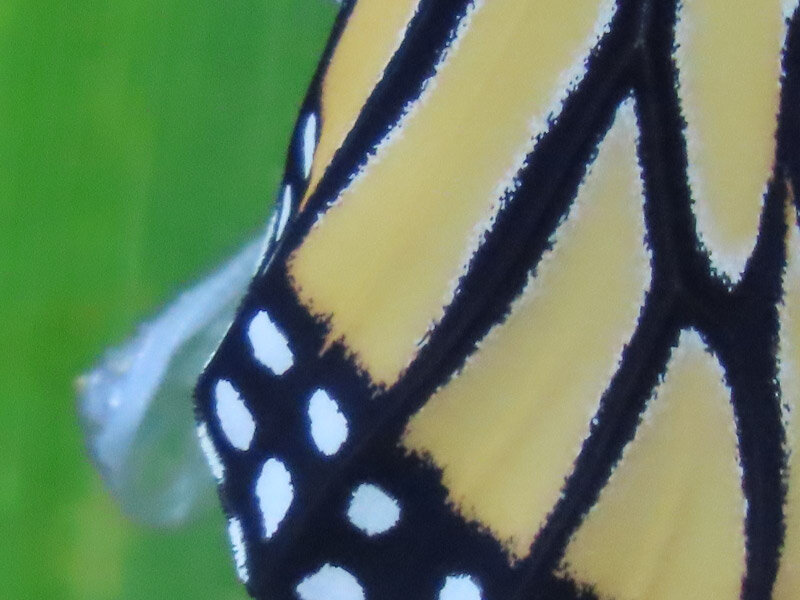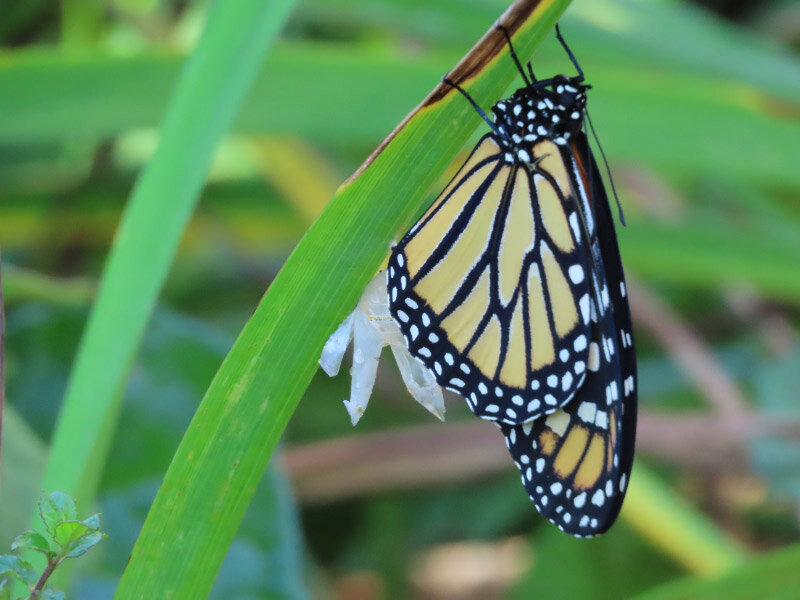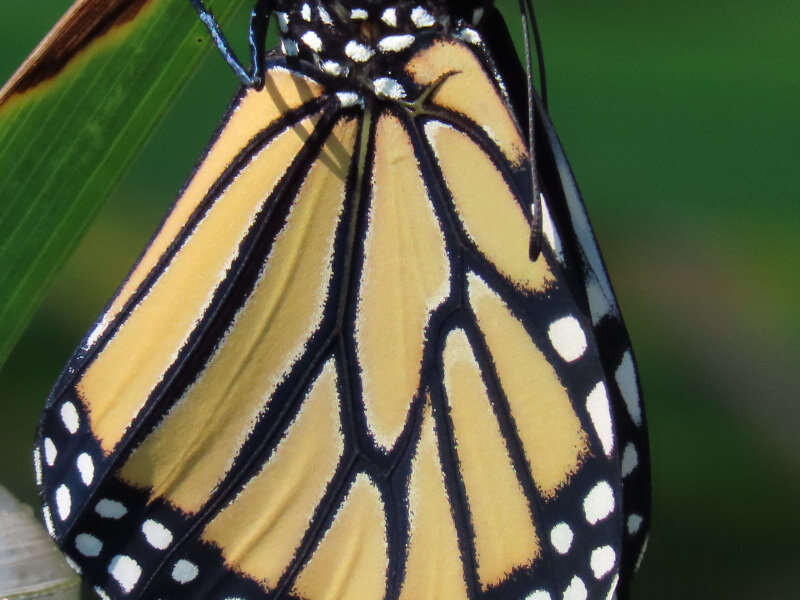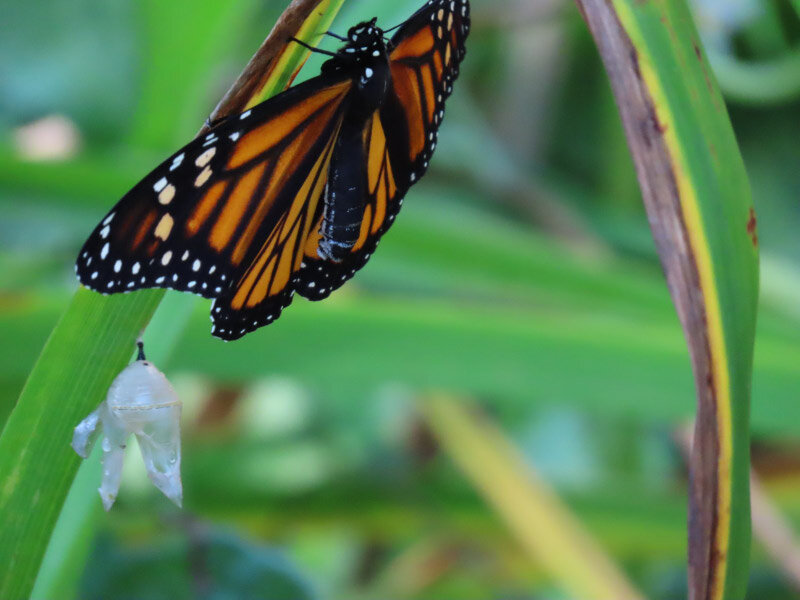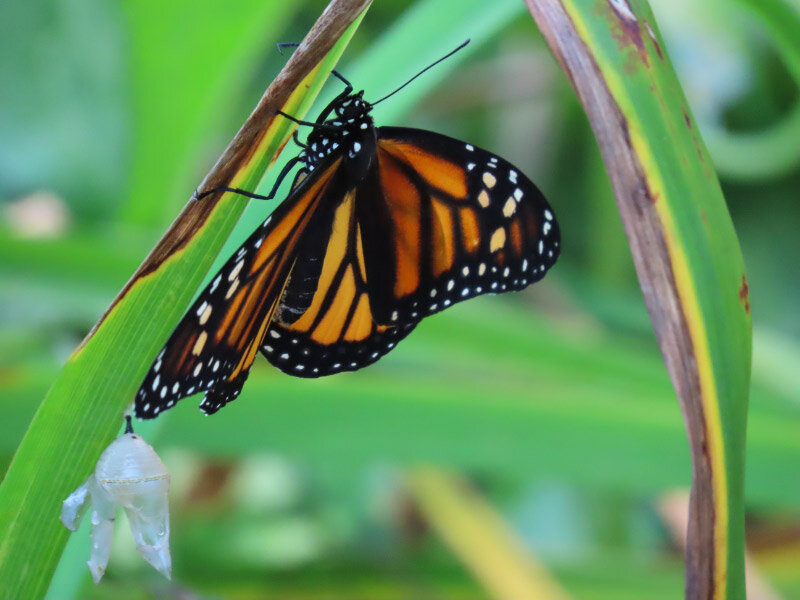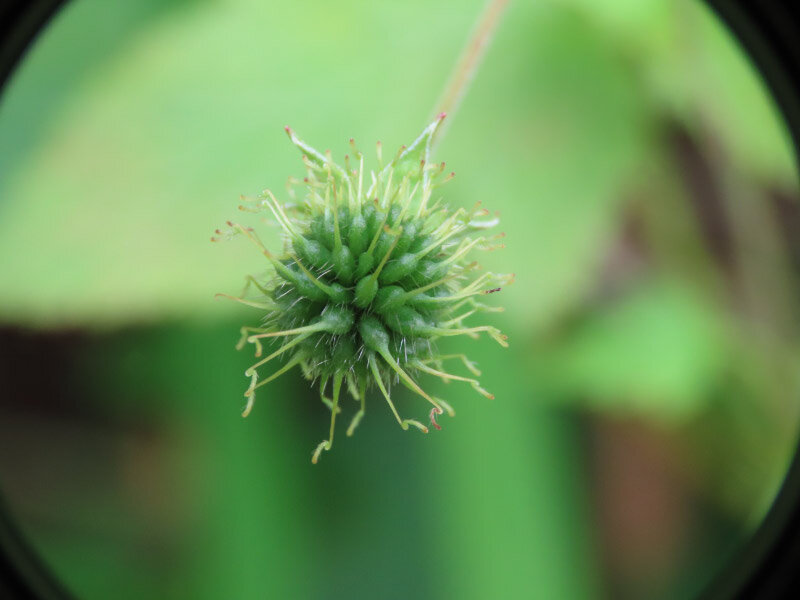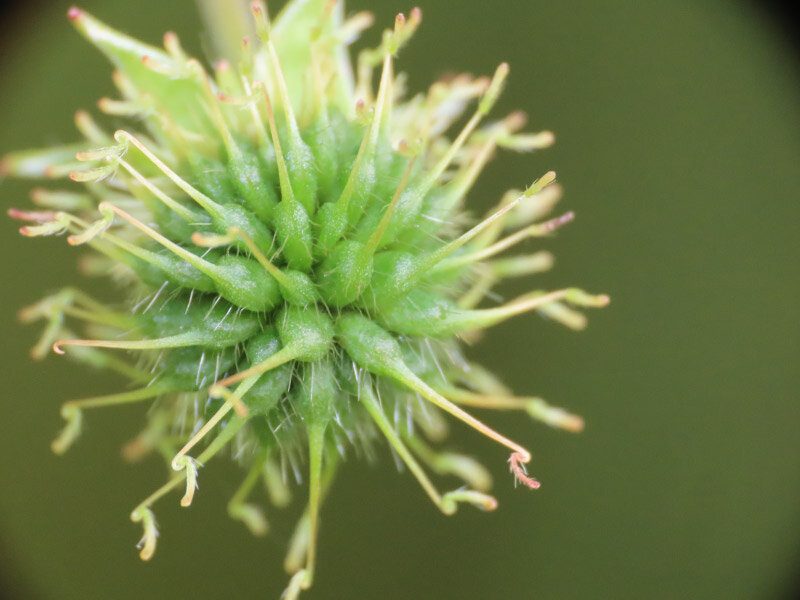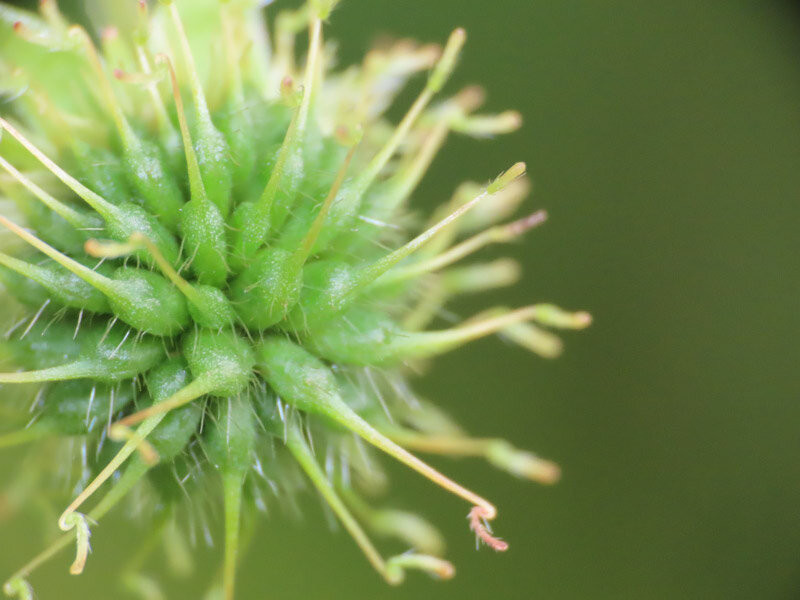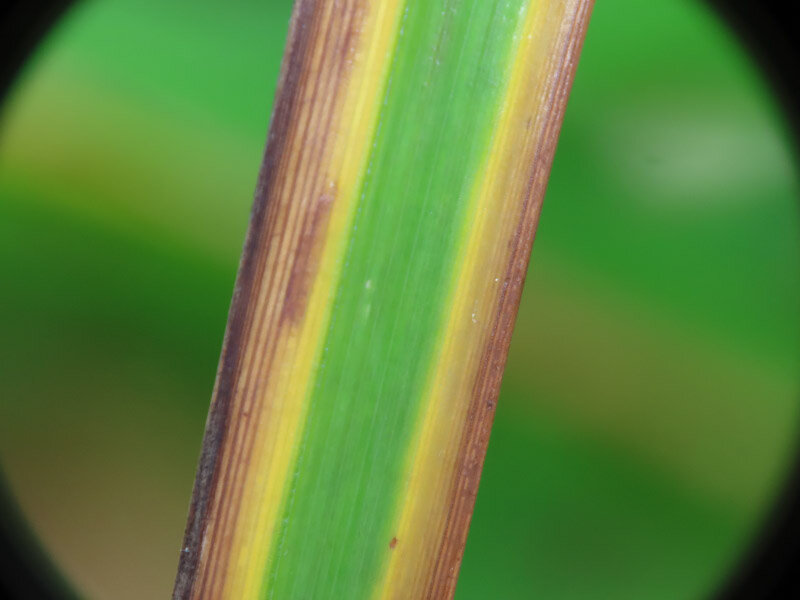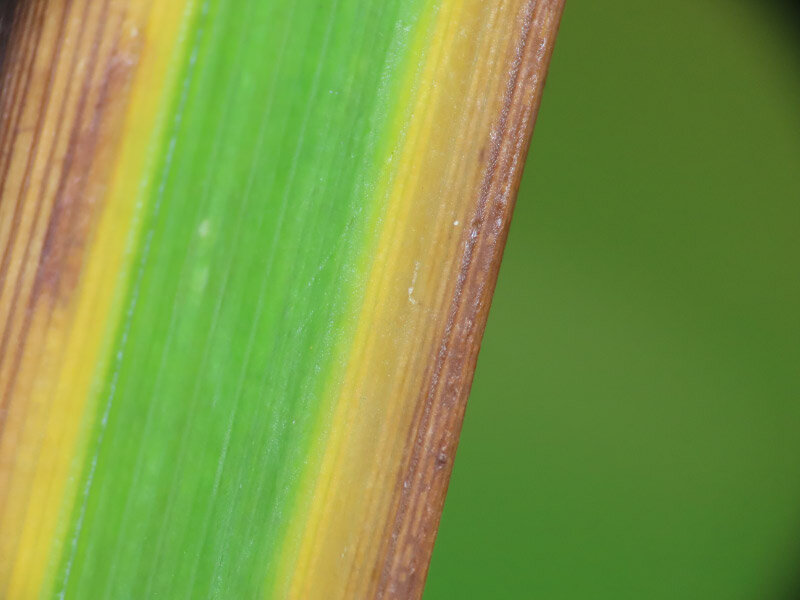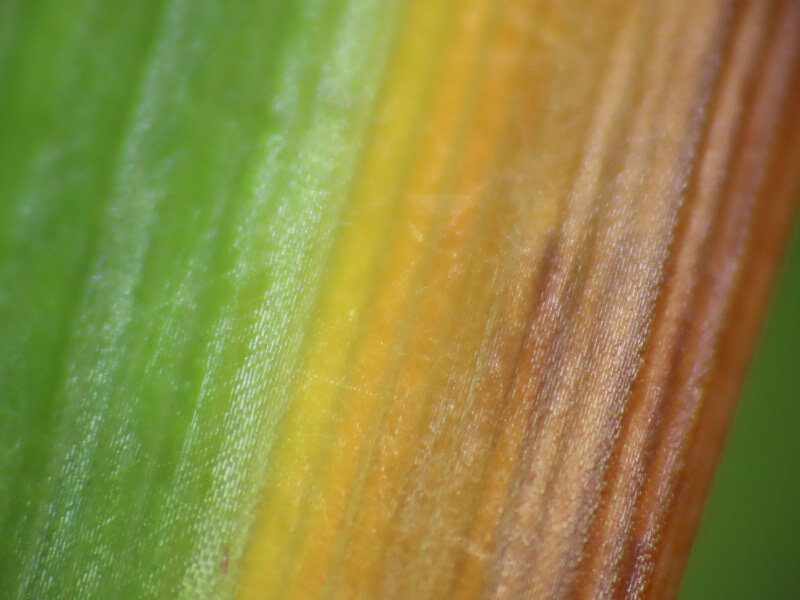18 months in COVID-19 Pandemic
/18 months into the pandemic and the US is experiencing high rates of delta variant infections. The number of new cases is higher than it was in September 2020 and the number of new deaths is a higher too although not as much as the new cases; the vaccines and early treatments are reducing the number of deaths somewhat. The most people in the hospital and dying are unvaccinated. More schools are opening this fall – mostly with mask mandates. There is a lot of concern for the children under 12 since there is not a vaccine approved for them yet.
On a personal level, I am glad I am fully vaccinated, and that the KF-94 masks protect me as well as others. The availability of higher quality masks is one of the differences from last year when I was still wearing cloth masks (2 of them) that were protection for others – not necessarily for myself. I wear my mask anytime I am not at home indoors (like the grocery store) and outdoors when I am near other people (like at the Farmers Market). We are not eating in restaurants…but getting takeout occasionally. I haven’t done another road trip in the past month.
I am attending training for volunteer gigs coming the fall – ones that are primarily outdoors. Those will start in a few weeks if the local schools manage to avoid major COVID outbreaks that would force them to close. There are some places where it appears the delta variant has already peaked (like Springfield MO) but I’m glad I am not planning another road trip until mid-October when (maybe) the overall infection rate will be lower that it is right now on my route to and from Texas.
I wish I could see an clear end of the pandemic, but it may just be wave after wave of variants…some that the vaccine might not be effective against. I’m glad that masks are effective against respiratory spread in general and have grown accustomed to wearing one.
It is frustrating that COVID is still demanding so much of our attention at a time when we need to focus more on actions to address the larger rolling disasters of climate change.

